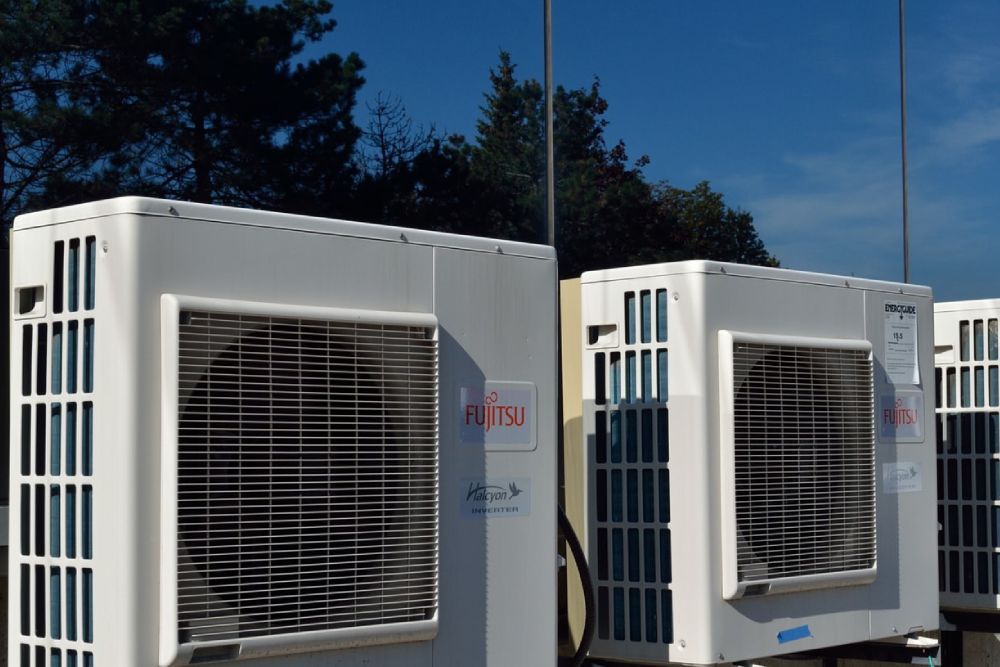Your health is significantly impacted by the quality of the air in both public and private structures. Your health and quality of life can both be enhanced by ensuring that the interior environments where you live, work, and play have good air quality. Since most people spend the majority of their time indoors, it’s critical to maintain and improve indoor air quality. This is particularly true in areas where the weather makes it unsafe for people to be outside.
Here are some ideas of how to improve indoor air quality, whether you or someone in your home has allergies or environmental conditions outdoors are causing poor air quality inside.
1. Fix up the windows
Although it may seem apparent, the simplest and least expensive approach to improve the quality of the air in your home is to maintain your airflow fresh.
Opening windows in the winter may seem contrary to trying to stay warm and save money on heating, but it’s important for letting oxygen in and toxins out as well as lowering the humidity that dust mites need to survive.
When using chemical-heavy cleaning or decorating products, take extra care to keep the space well-ventilated.
2. Purchase an air purifier
The use of an air purifier may be beneficial if you have an indoor allergen sensitivity and are unable to control the source of the issue, such as because you refuse to give up your family pet. These gadgets, especially ionic purifiers, can help capture some of the irritants that might cause your symptoms if they are installed in the areas of the house that are used the most frequently. Although you generally won’t be able to eliminate these allergens entirely, you can reduce their intake, which might improve the issue.
3. Replace your filters
An air filter is typically found in furnaces and air conditioners and is used to remove dust and debris. Your system might not function properly if this is clogged, which could harm the air.
4. Add houseplants
Indoor plants may help purify the air in your home and add life. They are also a terrific way to bring color and life to any area. They do this by helping in the filtering of indoor pollutants, such as those produced by wood, cleaning supplies, furniture, trash, carpets, natural gas, and more.
5. Remember to dust
Although high-quality vacuum cleaners are pricey, they are an effective weapon against the dust, pollen, and pet hair that may quickly accumulate and irritate your respiratory system. Vacuum as frequently as you can, and be sure to get beneath couches and mattresses.
6. Use vents for cooking
The kitchen is a major source of indoor air pollution. Nitrogen dioxide and carbon monoxide are two dangerous toxins that are released by gas burners. In order to further purify the air while you’re cooking, make sure to switch on the kitchen vents or open a window.
Final Words
There are numerous variables that can affect the air quality in your home, and they can have both short- and long-term health implications.
If you’re concerned about indoor air pollution, having your indoor air quality tested can help ease your mind.
To prevent and reduce specific problem pollutants that can help you improve the indoor air quality in your house and reduce any related health risks, hire skilled HVAC contractors in NYC.

